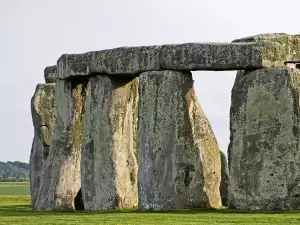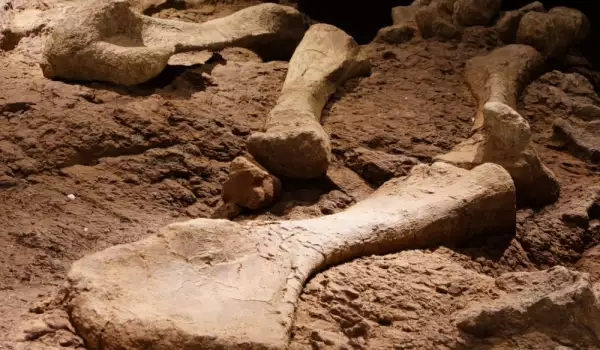Our ancestors have left many traces of their presence, so archaeologists have the task to determine the origin of any discovered remains, pottery, tools and other items.
In the first decade of the XXI century, the work of archaeologists led to the discoveries made in the expected places - such as Jerusalem, and in quite unexpected places - such as New York.
In 2008 in Northern Israel, was discovered a burial of a shaman, and spiritual leader, of 12, 000 years ago. Buried was a woman of very high status among her people. She died at about 45 years old.
Together with her, were buried parts of animals, including wild cow tails, a pelvis of a leopard and an eagle's wing. Shamans were clearly associated with the spirits of animals, and these may have been mostly associated with women. The most unusual at this funeral was the discovery of 50 tortoise shells.

In 2010, near the famous Stonehenge, Wood Henge was found. It was formed from 24 facilities up to 3 feet tall. It is believed to be about 4500 years old. Wood Henge is also shrouded in mystery about its purpose, and who actually built it.
Unknown inscriptions were found in Jamestown in 2009. Stone plates were in scripted with images of plants and animals from the time of the New World, and a man smoking a pipe was scripted too. The find includes the coat of arms of King James I, therefore, he is likely the man who devised it, an it may have somehow been connected with the government.
The earliest family burial was discovered in 2005, in Germany. DNA analysis made the relation between the bodies. The group was defined as mother, father and their two sons, who died a violent death about 4600 years ago.
In 2009 in East Asia, remains were found of the oldest, modern human who was one of many bearing shoes of this time. People used shoes to protect their feet 4000 years ago. The analysis shows the shape of the leg bones.
When humans walked barefoot, the middle toe was needed to pull at each step, but wearing shoes changed this feature to be taken from the big toe, so it is more developed than others.
The Egyptian Lost City was discovered on the territory of Egypt, which is thought to be too barren and hostile for any settlement.
Also found, were traces of a trade route that passed through town. During the Hotic period in Egyptian history, about 1650-1550 BC, the town was a kind head quarters of the rulers, controlling trade routes.
A small female skeleton found on the Indonesian Island of Flores in 2003, led to a debate on whether it was a homosapien, modern man or a separate species.
Expertise established the approximate age of the remains - 12, 000 years old. The size of the skeleton was half that of a skeleton of modern man and the woman, was identified as a separate species - Homo Florensiensis or Hobby.













